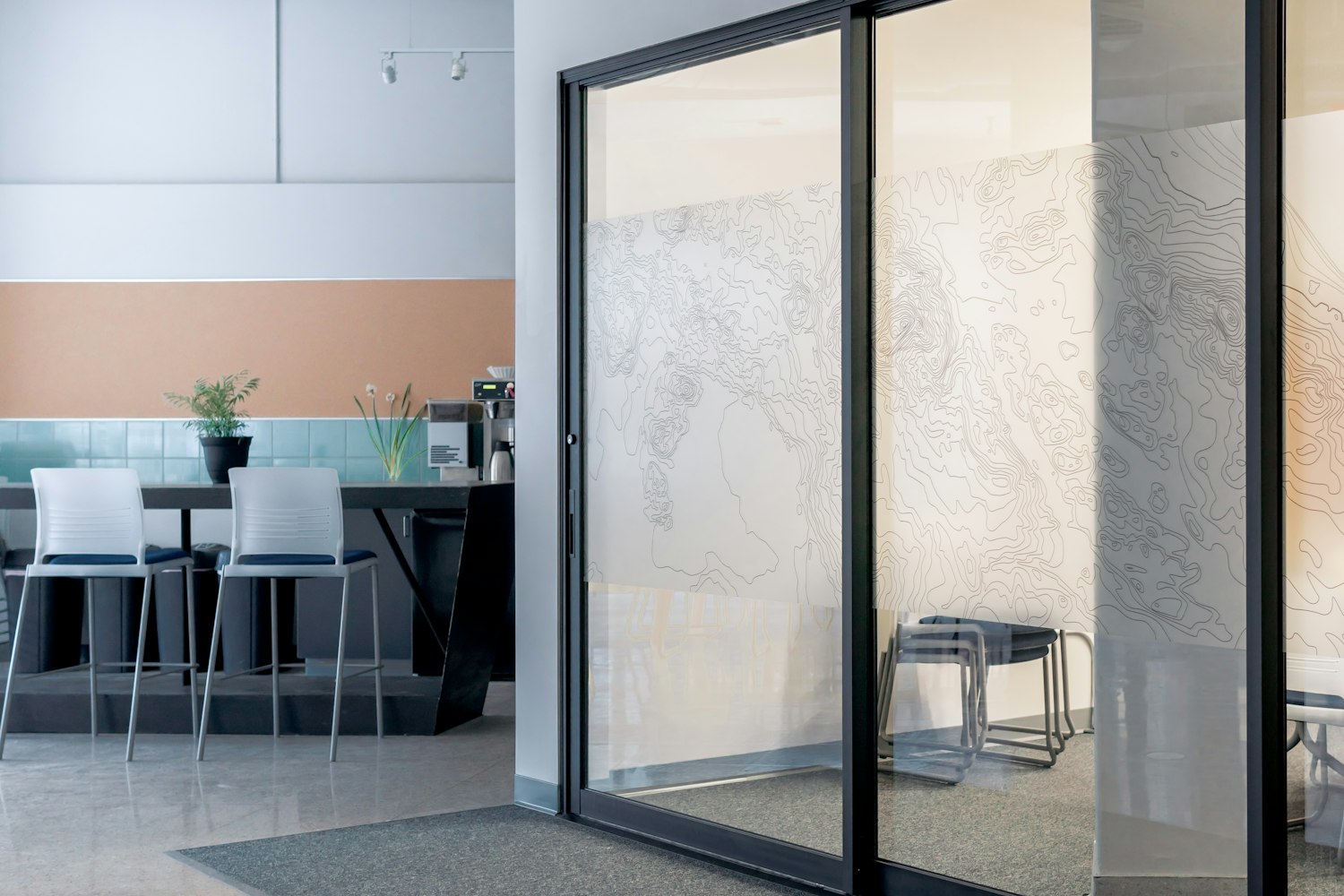Surprising ways your office design shows you trust your employees

Rooftop gardens, game rooms, in-house dry cleaning and best in class gyms. These may steal the “cool workplaces” headlines, but workplaces that make employees feel trusted are winning the hearts of employees – and making employees more engaged, too.
One unexpected example came from Robert Kennedy while leading the U.S. Justice Department. Ahead of his time, Kennedy implemented a number of measures to increase morale, including a gym on the roof, picnic tables in the courtyard and the staff’s dogs in the office, which were hugely successful, according to his biographer, Larry Tye. In fact, almost 50 years later, Tye reports that “nearly all of his surviving band of brothers say working for Bobby was the high point of their professional lives.”
Kennedy not only boosted morale, but he captured the trust and enthusiasm of his employees and was rewarded for it with their loyalty. In 2014, President Barack Obama wanted federal workers to have more family time saying, “it was time for business leaders and lawmakers to create work environments that respect employees’ lives outside the office. Twenty-first century families deserve 21st-century workplaces.” Obama gave federal employees the right to request more flexible work options in June 2014. Later, Richard Branson’s progressive philosophy about work made waves: “Take care of your employees and they’ll take care of your business. We like to give people the freedom to work where they want, safe in the knowledge that they have the drive and expertise to perform excellently, whether they work at their desk or in their kitchen.”

So who’s right and who’s wrong? What are the rules around trust at work? What is the lesson for us today, amidst all the progress that’s been made in creating an engaging, modern workplace? It is not only the employees who regularly lace up their running shoes that benefit from the running track. It is not just what the running track allows employees to do, but what it represents: a trust in staff that they will spend their time at work responsibly and that they are not chained to their desks. The leaders of today’s new economies need to understand that the workforce they have surrounding them are looking for something very different in “work”.
Building trust is the most effective way for employers to increase employee engagement, according to our research,”Workplace — powered by Human Experience,” which is based on a survey over 7,300 employees across 12 countries shows. Boosting feelings of trust, according to nearly 40 percent of respondents, would have a very positive effect on their engagement level. Kindness by management (32 percent) and letting staff take initiatives without fear of being judged (31 percent) come next.
How to design for trust building?
Most employers have significant ground to be gained around trust, kindness and choice. So, what can they do to turn these abstract ideas into changes that are appreciated by staff? Trust comes in different ways—open-plan offices, for instance, in which all seniority levels mix together; community spaces (from attractive in-house cafés to lounges); and trusting staff enough to let them choose their working pattern, how to reconfigure their workspace and how to work flexibly. It is no coincidence that our research also shows that while 76 percent of employees are ready to embrace change and contemplate an agile way of working, maintaining their personal comfort remains a priority.

Caring about the well-being of your employees is one way to demonstrate kindness. This takes many forms, such as using high-quality materials in desks, chairs and overall design. Companies can help employees stay healthy by offering high-quality, nutritious food in the dining hall and providing access to anti-stress facilities such as quiet zones and meditation rooms. Having an effective support team on the ground, such as a facility manager, a concierge and floor ambassadors, could reinforce your execution plan.
But, it is also about fostering trust in employees to use their time effectively, providing a range of working locations and empowering people with greater flexibility over how, where and when they work. Providing choice allows employees to take control of their working life and environment.
Small design modifications that yield big impact
If you’re not in the middle of a major redesign, what can you do now with minimal investment? The transformational effect of trust building in the workplace does not require huge budgets. It requires leadership teams who are ready to make employees’ working days better days to be an efficient and happy person at work. According to a recent Deloitte report, 94% of companies report that “agility and collaboration” are critical to their organization’s success, yet only 6% say that they are “highly agile” today (Deloitte (2017) Global Human Capital Trends). Flexible spaces are stimulating, creative, inspirational and, perhaps most importantly, as the research demonstrates, capable of boosting productivity.
Creating major collaborative spaces or community areas dedicated to team activities—music rooms, meditation spaces, “catch all” rooms and heads down spaces where workers can go to brainstorm and share ideas is a great way to start the transformation. This not only cultivates creativity and helps employees to recharge their batteries, but also demonstrates that they are trusted to be away from their desks—dropping dated time-keeping policies.

Whether you identify a dedicated space—or simply clear corners of the office and add a crash spaces and furniture to provide more informal breakouts—community or collaboration areas ensure that employees are able to step away from their desks to recharge and connect with their colleagues. Providing choice means you allow your employees to take control of their working environment.
So now you have the space designed with trust in mind, how do you make sure employees feel free to use it as intended and make it their own? Encourage them to make suggestions (and also to make and learn from errors) on a wide range of issues, from improving productivity to new workplace systems to the design and layout of the premises. Your people foster a strong sense of belonging toward their place of work. You should consider including your staff in the process from the outset, which will also give them the confidence to suggest any changes to the workplace they feel the business needs. After all, more than a third of the 7,300 employees we surveyed believe that personalization of the workplace is critical, and over 40 percent believe they would do their daily work better if they could work from different types of spaces that have been customized for a variety of needs.
So how do you prepare your culture for choice-driven workplace? Follow my simple recipe:
- Sharing: No dedicated space, but team spaces and neighborhoods, scrums and squad rooms articulated in a collaborative environment. Get your leaders ready for a wave of change in the way they manage their teams.
- Transparency: There is no hiding but only corners where you can find peace and quiet environment. Keep a space highly visible to the rest of the team, so you encourage communication and exchange, and make the leadership visible.
- Openness: Let your space breathe out and provide a long and open environment, take down partitions and raised the desks.
- Unplanned connections: Think about how you can create healthy collisions in your working environment, so people bump into each other.
- Open mindset: Expect the unexpected and let it happen. The space is not yours, it is theirs. The team belongs in it, they have to take control of it and they have to make it their own. Chaos is on the menu…
The takeaway is clear: The first step is to trust in your staff, then build a space that emulates that trust, and the transformation of your business will follow.



Wow! This is great. Who knew that the design of an office can have such an effect on an employee’s trust? Thanks for sharing this information.